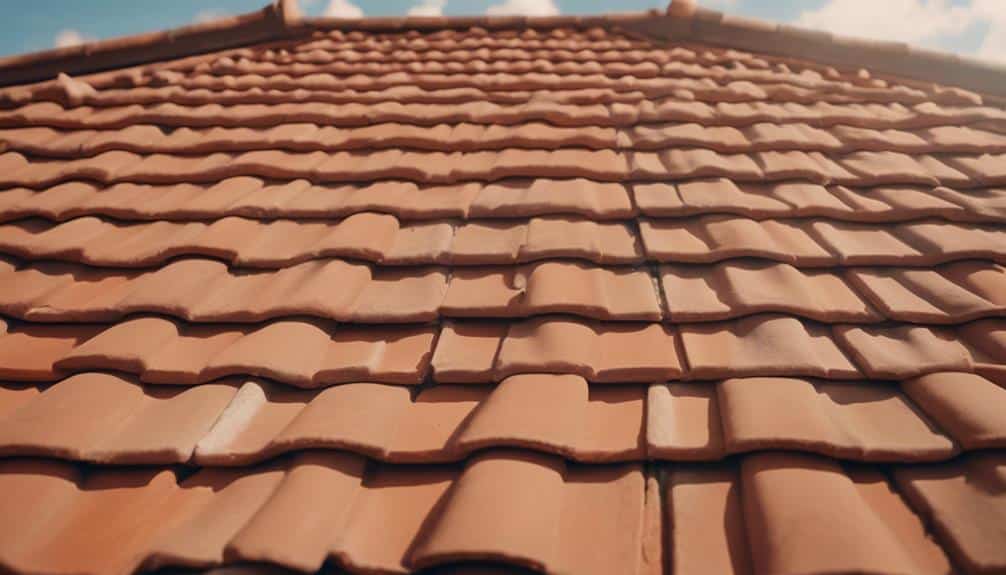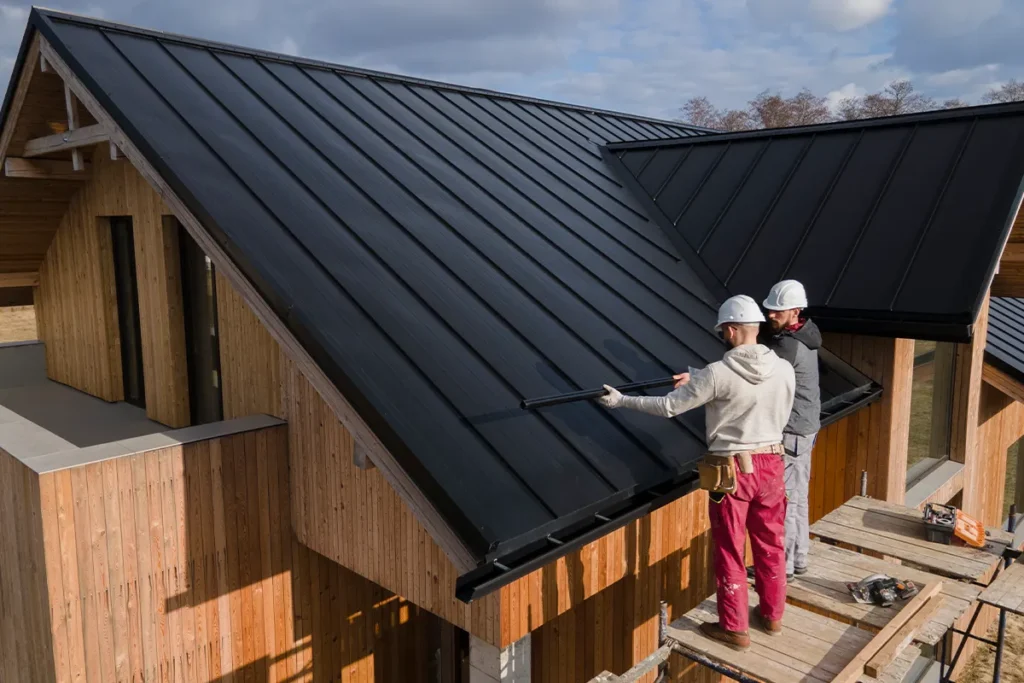Overview
Choosing the right roof is one of the most important decisions you will make while building or remodeling your house. In addition to protecting your house from the elements, your roof is crucial for energy efficiency, aesthetic appeal, and property value. Making the correct roofing material choice is essential to ensuring that your house is secure, cozy, and fashionable for many years to come.
However, choosing the finest roofing material for your home can be overwhelming due to the wide variety of options available. This post will outline the best options for your roof and go over several substitute materials that might provide both style and utility.
An Overview of Roofing Materials’ History
Over the years, roofing materials have undergone substantial change. Ancient societies covered their homes with natural materials like wood, straw, and clay. The first roofs were made to shield occupants from the weather, frequently with easily accessible materials. Building materials evolved along with architectural styles, giving rise to slate and tile roofing, which enhanced a structure’s aesthetic appeal and longevity.
New synthetic materials have emerged in the contemporary age, providing increased durability and a bigger range of design possibilities. Both conventional and cutting-edge alternative roofing materials are available today to meet the changing needs of homes.
Things to Take Into Account While Selecting Residential Roofing
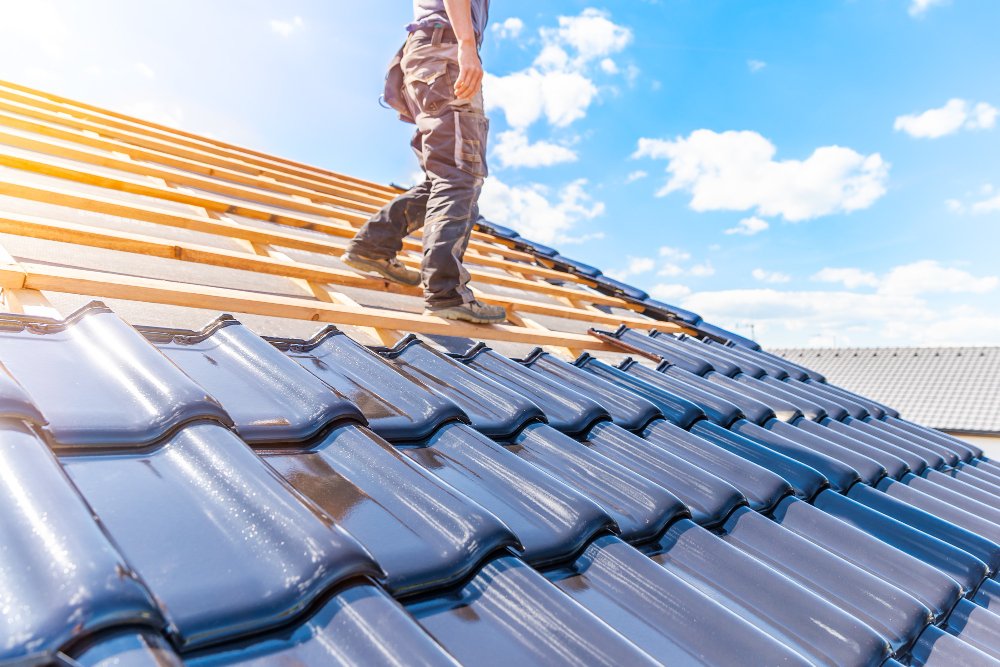
Selecting the most visually appealing alternative isn’t the only way to choose the best roofing material for your house. There are numerous important things to think about, such as:
Longevity and Durability
Your choice of roofing material ought to endure for many years. Asphalt shingles usually need to be replaced every 20 to 30 years, while materials like metal and slate can last for decades. When choosing the ideal material, take your long-term investment into consideration.
Visual Appeal
Your home’s overall appearance is significantly impacted by your roof. Regardless of your preference for a more contemporary or classic style, the roofing material you select should blend well with the overall design of your house.
Climate and Weather
Different roofing materials are needed in different climates. Materials that reflect heat, like clay tile, may be useful in hot, dry areas, while more insulating materials, like metal or asphalt shingles, may be needed in colder climes.
Installation and Cost
While some roofing materials, like metal or slate, might be quite expensive, others, like asphalt shingles, are reasonably priced. When planning your new roof budget, include both the cost of materials and the cost of installation.
Conventional Roof Materials
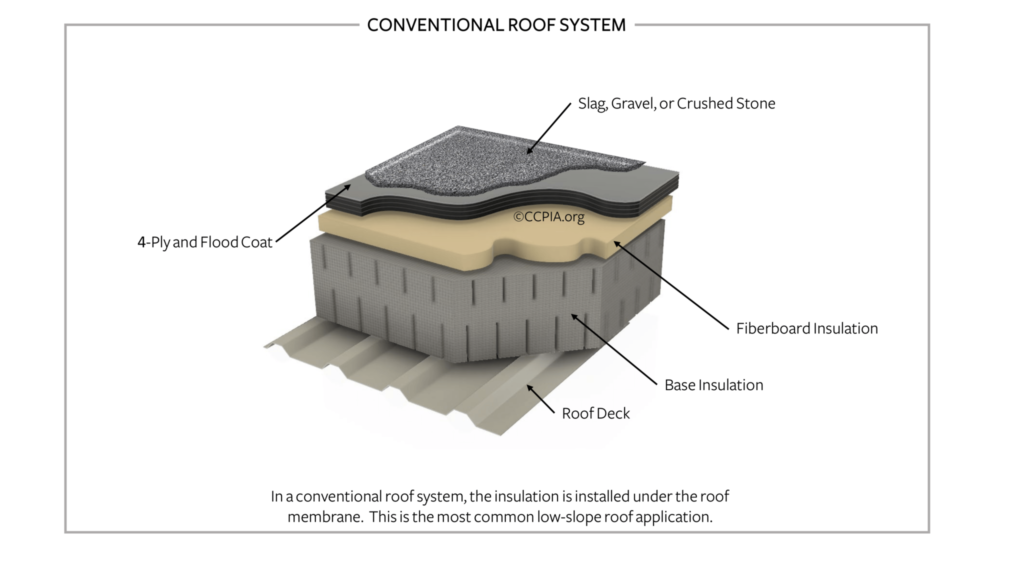
Shingles made of asphalt
Asphalt shingles, the most popular roofing material in North America, are reasonably priced, long-lasting, and available in a variety of hues and designs. They are a great option for those seeking a dependable and affordable solution.
Shingles made of wood
Wood shingles can improve a home’s appeal by adding a natural and rustic look. They might not be as resilient as other materials, though, and they could be harmed by damp and fire.
Slate Roofs
With a lifespan of at least a century, slate is among the most resilient roofing materials on the market. Although it can be costly to install, its timeless appearance makes it ideal for old homes.
Tiles made of clay and concrete
Clay tiles offer superior insulation and energy efficiency, making them ideal for hot, dry conditions. However, because they are heavy, some buildings could need additional support.
The Greatest Roof Materials for Various Climates
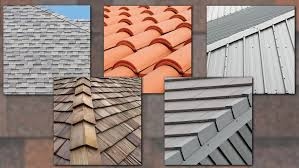
Warm Climates
Insulating and heat-reflecting roofing materials are most suited for areas with hot, sunny weather. Both metal roofing and clay tiles are great options for energy-efficient and cool home maintenance.
Cold Environments
Materials resistant to snow and ice are required in colder locations. Metal roofing and asphalt shingles are excellent choices because they are resilient to snow and long-lasting.
Coastal Regions
Homes close to the seaside are subject to storms, strong winds, and salinity. Since metal roofing resists corrosion and can tolerate strong winds, it’s frequently the best option.
Other Materials for Roofing
Alternative roofing materials are becoming more and more popular as more homeowners search for creative and environmentally friendly alternatives. Let’s investigate some of them.
Metal roofing
Metal roofing is eco-friendly, long-lasting, and energy-efficient. It is a great option for a range of conditions because it is also resistant to wind, fire, and snow.
Green Roofs
Vegetation covers green roofs, also known as living roofs. They save energy expenses, provide insulation, and support biodiversity. Green roofs are a great long-term investment for environmentally minded homeowners, while being costly and difficult to construct.
Roofing made of rubber
Rubber roofing is long-lasting and reasonably priced because it is composed of recyclable materials. It works particularly well for flat roofs, offering insulation and waterproofing advantages.
Solar Panels for Roofs
In addition to being roofing materials, solar roof panels use the sun’s energy to create electricity. Over time, they provide considerable energy savings, despite the very hefty initial installation costs.
Reasons to Take Into Account Other Roofing Materials

There are various advantages of switching to alternative roofing materials, such as:
Environmental Impact: Green roofs and reclaimed rubber are two examples of eco-friendly substitute materials that can assist lower your carbon footprint.
Cost-Effectiveness: Alternative roofing materials, such as metal, may be more expensive initially, but they frequently result in long-term maintenance and energy efficiency benefits.
Innovation: Alternative roofing materials frequently provide cutting-edge features like natural insulation or solar energy generation that conventional roofing materials just cannot match.
The Benefits and Drawbacks of Various Roofing Materials
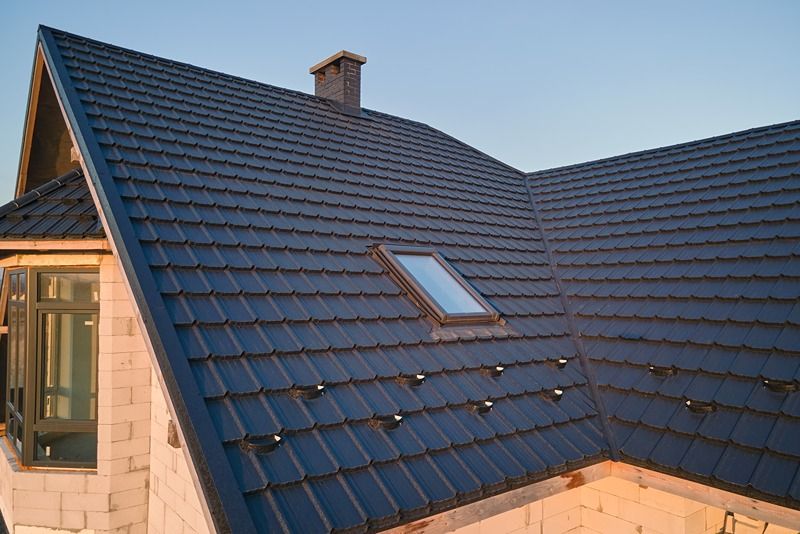
When evaluating roofing materials, it’s critical to weigh the advantages and disadvantages of each choice:
Although they are inexpensive and simple to install, asphalt shingles can not last as long as other materials.
Slate roofing is incredibly strong and long-lasting, but it’s also costly and bulky.
Although metal roofing is long-lasting and energy-efficient, it can make noise when it rains.
Clay tiles can be expensive and heavy, but they are lovely and energy-efficient.
How to Pick Your Home’s Ideal Roofing Material
Your budget, environment, and unique needs will all play a role in selecting the finest roofing material for your house. Think about these actions:
Examine the weather and climate in your area.
Establish a spending limit for both installation and materials.
Find out how long each material will last and how much upkeep it needs.
Select a look that complements your home’s overall architecture.
Installation Procedure: Essential Information
Depending on the roofing material you select, the installation procedure may change. While slate and metal may take longer to install and require specific skills, materials like asphalt shingles can be installed more quickly and at a lower cost.
How to Maintain and Take Care of Your Home Roof
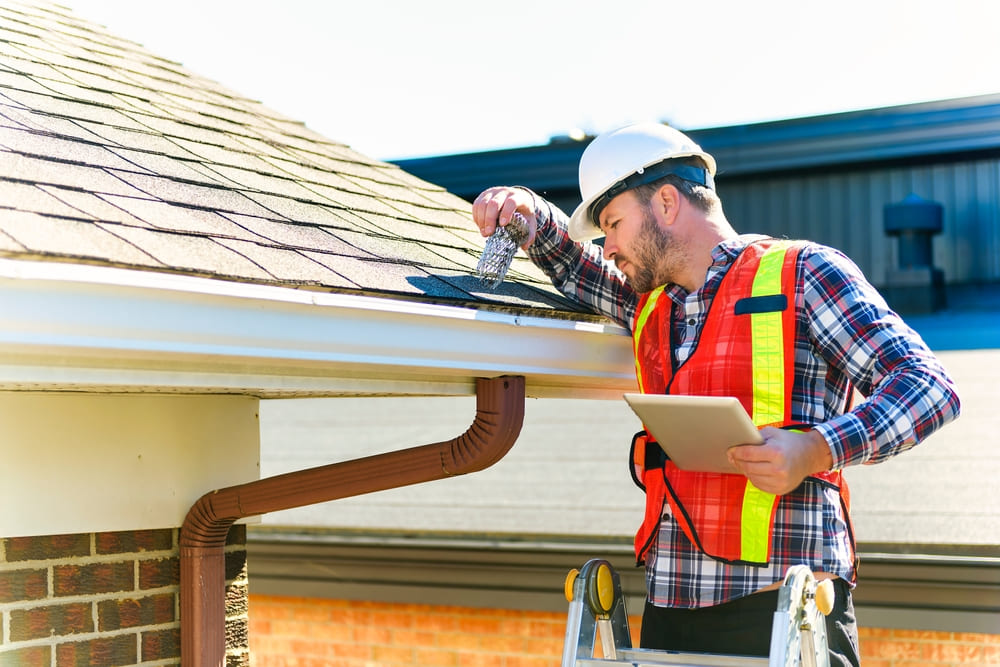
The secret to prolonging the life of your roof is routine maintenance. Cleaning gutters and checking for damage annually is crucial for materials like asphalt shingles. Although metal and slate roofs usually require less upkeep, it’s still crucial to look for damage or debris.
In conclusion
A number of considerations, including climate, financial constraints, and aesthetic preferences, must be taken into account when choosing the ideal roofing material for your house. The important thing is to select a solution that offers durability, energy efficiency, and style, whether you go with a conventional material like asphalt shingles or go with an alternative like solar panels. Keep in mind that spending money on a high-quality roof can keep your house safe for many years to come.
FAQs
Which roofing materials are most frequently seen in residential buildings?
Clay tiles, metal roofing, and asphalt shingles are the most widely used roofing materials.
What is the most energy-efficient roofing material?
Green roofs and metal roofing are great for energy efficiency since they provide insulation and reflect heat.
How long is the average lifespan of roofing materials?
Slate and metal roofs can last 50 years or longer with adequate care, whereas asphalt shingles only last 20 to 30 years.
Do substitute roofing materials cost more?
Even though some substitute materials, such as slate and metal, could cost more up front, they frequently result in longer-term savings.
How frequently should my roof be inspected?
To identify any possible problems early, it’s a good idea to have your roof inspected at least once a year or following significant weather events.








